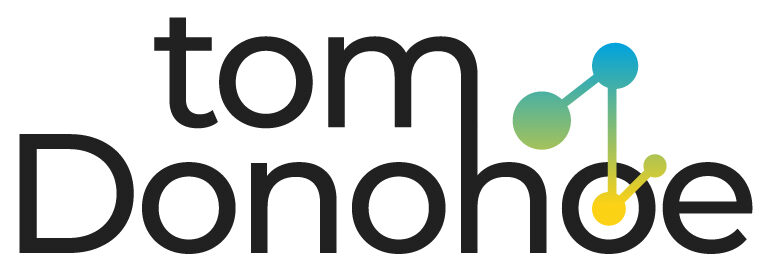Help! They Stole My Content!

Online plagiarism is challenging and frustrating; every plagiarism scenario is unique, and the problem remains. The content that needs protection could be copied videos, images, sound, or other diverse types of content. It is more straightforward to tackle if you know where to begin.
In our business, there is a lot of content theft on e-commerce sites, blogs, and publishers’ websites; however, it could occur on any site. We don’t want to scare you; it’s just to inform you that this is a common problem, and there are many ways to safeguard the investment you make in website content. Alongside legal advice, other internet publishers can be a good source of ideas about how you can protect your content by gaining knowledge of their strategies.
We’ve also noticed that plagiarism is best dealt with in our company by offering our customers options to help them find the best solution for their needs. If we recommend a specific answer, it could expose us to unfavorable risks. Ergo…
Our Important Legal Disclaimer
We are unable to provide legal advice. We’re not lawyers; laws vary, and each case is unique. You should seek advice from a licensed attorney and The US Copyright Office if you have any concerns about copyright protection or the process created to protect against copyright infringement or plagiarism. We provide information about typical industry practices, not advice on applying the law in a specific collection of circumstances.
Let’s now discuss the topic that is at the moment.
The Digital Millennium Copyright Act
There’s a law on the books that can help you safeguard the content you publish online. It’s known as”the Digital Millennium Copyright Act, ” signed in US Federal law in 1998. In subsection 512(c)of the Copyright Act, the law restricts the responsibility of hosting providers by requiring a procedure to deal with copyright infringement claims.
This provision favors publishers and service providers, as it requires every service provider to establish procedures to address copyright infringement, as well as an internal agent designated to handle notices of violation. Agents’ names are accessible through the US Copyright Office website so that you can get the contact details for the particular service provider.
Here’s the relevant section of the law about our subject:
When it receives a valid notification of alleged infringement, the service provider must act promptly to take down or block access to the content that is alleged to be infringing or to become the object of violating action if the provider is seeking to enjoy the advantages of limitation of liability set out in the SS 512(c). The service provider is not legally required to remove the material that is allegedly infringing; however, upon receipt of appropriate notification, it will be deemed to have been placed upon notice about the infringing act, and without the benefit of the liability limitations contained within SS 512, may face further liability if it continues hosting the infringing content.
What options do I have for securing the content I upload?
We’ve heard of a few alternatives to help protect online content. You can make and display the license for your content. Large publishers usually develop their permits and have lawyers on staff. We are fortunate in that we don’t have to employ lawyers. For everyone else, some licenses can be freely obtained on the internet, such as those under the Creative Commons License.
Creative Commons License
The Creative Commons License provides variations of protection that are stated. It has a helpful ‘License Chooser on the site to help you choose the appropriate license. Once you’ve got the right, put it on your site. For example, you could make a license page and then link it to the footer of your site to show each page.
One of the most common variations of the Creative Commons license is called “Attribution-NoDerivs,” which states that others can redistribute your content commercially or non-commercially as long as it is passed along unchanged and in whole, with credit to you.
Sign up with the US Copyright Office
You may also submit your content to your local US Copyright Office. Even though your work is protected without registration, the case record suggests that the US court prefers registered copyrighters, which is why signing up is beneficial.
Here’s a great article on registering copyright on online content through the US Copyright Office.
Best Practices
Place a copyright note on each page, and ensure it’s current. We usually place the year of publication at the bottom of each page. Some people believe you should have an array of years.
How can I tell whether it’s taken?
Check your online content with tools like CopyScape as well as Google Alerts. CopyScape provides free and premium services, while the premium offerings aren’t expensive. We utilize a service of theirs, called Copysentry, that checks the internet weekly and sends a report. The report will inform me if our content was found on a different website.
It is also possible to use a Tynt application that allows you to label copied content using a URL back to your site. This tool serves several reasons, like SEO and directing visitors to your site after the content has been copied. This is an excellent tool for content scrapers that are scripted and also when copying content into emails.





